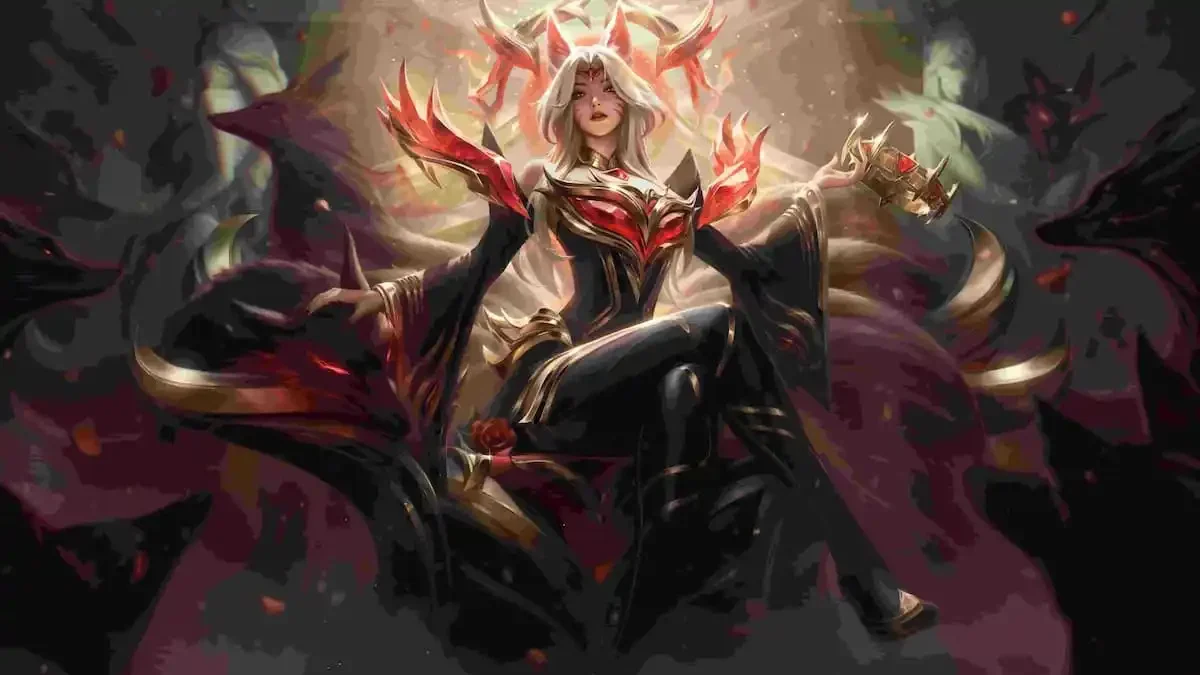In the world of League of Legends, Riot Points (RP) are the game’s essential currency, used to snag champions, skins, and a variety of other cosmetic goodies. While dedicated players can earn some RP by putting in hours of gameplay, there’s also a straightforward option: reaching for your wallet.
Since its early days, Riot Points have been the backbone of League of Legends, enabling players to jazz up their gaming sessions with exclusive content. RPs can be bought with real cash, and the cost varies depending on your region and how many you’re buying at once.
If splurging isn’t your style, you can grind away, collecting RP through gameplay to score those must-have skins. However, Riot knows how to tempt us: some items are only available for a limited time, nudging players to part with their cash to secure the full collection. In the U.S., here’s the RP to dollar conversion rate:
- 650 RP for $5 ( 417,51 INR)
- 1380 RP for $10 (835,03 INR)
- 2800 RP for $20 (1670.05 INR)
- 5000 RP for $35 (2922.59 INR)
- 7200 RP for $50 ( 4174.14 INR)
- 15000 RP for $100 8350.27 INR)
Shelling out $100 might seem steep, but it does get you a hefty pile of RP. Still, recent events have sparked outrage over some sky-high prices.
The League of Legends Faker Price Controversy, Explained
The “Hall of Legends” feature was launched to honor the game’s legendary players, with South Korean superstar Lee Sang-hyeok, aka Faker, being the inaugural honoree. To mark this, Riot Games unveiled a set of Ahri skins, each celebrating Faker’s legacy. However, the cost of these skins has left many players scratching their heads and shaking their fists.
According to Riot’s announcements, the cheapest new Ahri skin comes in at just over $40 in RP, but the top-tier skin is priced at an eye-watering 59,260 RP, roughly $450 in real money. This has sparked a wave of criticism and humor within the community, with some players joking that such a price should include a personal visit from Faker himself.
Leveraging Faker’s star power to boost sales makes sense for League of Legends, but these astronomical prices have alienated many players. The general consensus is that the pricing is outrageous and doesn’t align with what the community expects. Riot Games has yet to address the backlash formally, but this situation underscores the delicate balance between monetization and player satisfaction in free-to-play games. Given that Faker also benefits financially from the sale of these skins, fans are hoping he might weigh in on the controversy soon.


